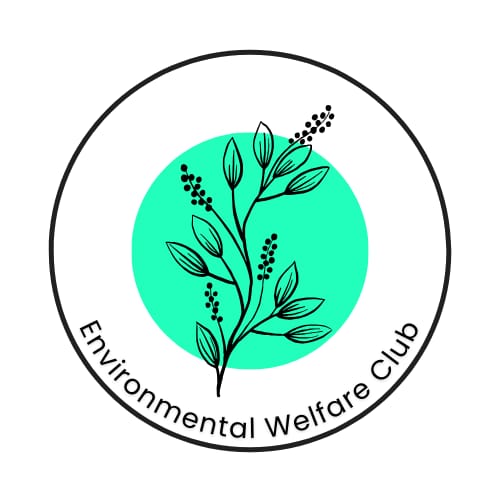Turning Citrus Waste into Sustainable Packaging: The CCRI–VNIT Orange Peel Revolution
In an era where single-use plastics choke our landfills and oceans, a fresh breeze of innovation is emerging from Nagpur’s research labs. The Central Citrus Research Institute (ICAR‑CCRI) and Visvesvaraya National Institute of Technology (VNIT) have joined forces to transform orange peel—the bright, zesty by‑product of juice and marmalade production—into biodegradable, food‑safe packaging films. This pioneering effort not only tackles plastic pollution but also adds value to agricultural waste, fostering a true circular economy in India’s citrus belt. timesofindia.indiatimes.com
From Peel to Polymer: A Green Alchemy
The collaboration hinges on a simple yet powerful premise: citrus peels are rich in cellulose, pectin, and natural bioactive compounds that can reinforce and protect biopolymer matrices. VNIT’s chemical engineers extract key constituents from discarded sweet orange peels and blend them into chitosan–alginate films—materials already celebrated for their biodegradability and non‑toxicity. By fine-tuning the peel extract’s concentration and particle size, the researchers have produced packaging that rivals conventional plastics in tensile strength, water‑vapor resistance, and light barrier properties. timesofindia.indiatimes.com
Nanocellulose: Reinforcing Nature’s Fabric
Beyond simple extracts, the team is exploring cellulose nanocrystals (CNCs) derived from orange peel fibers. Recent studies highlight that CNCs—needle‑like particles just a few hundred nanometers long—dramatically boost film performance. When integrated into chitosan/hydroxypropyl methylcellulose blends, orange‑peel CNCs enhance tensile strength by over 30%, reduce water solubility, and even impart antimicrobial properties when combined with safe surfactants like lauroyl arginate ethyl (LAE®). Such “nano‑reinforced” films promise a dual function: protective packaging and food‑borne pathogen deterrence. mdpi.com
Quality Assurance & Shelf‑Life Testing
ICAR‑CCRI takes the lead on rigorous quality control. Every batch of peel‑powered film undergoes microbial assays, shelf‑life trials on citrus fruits and vegetables, and migration studies to ensure no unwanted compounds leach into food. Early results show that produce stored in these films retains freshness and firmness up to 20% longer compared to standard polyethylene wraps—without sacrificing taste or safety. timesofindia.indiatimes.com
Economic and Environmental Impact
-
Waste Valorization: India discards millions of tonnes of citrus peel annually. Redirecting this biomass to packaging can save smallholder farmers disposal costs and generate new revenue streams. timesofindia.indiatimes.com
-
Plastic Reduction: Scaling up could replace thousands of tonnes of single‑use plastic each year, cutting greenhouse gas emissions from polymer production.
-
Rural Employment: Local peel‑collection cooperatives and small‐scale film‑casting units can sprout in citrus‑growing regions, boosting livelihoods.
Beyond Packaging: A Blueprint for Agri‑Waste Innovation
The CCRI–VNIT model exemplifies how interdisciplinary collaboration—spanning nanotechnology, applied chemistry, food science, and engineering—can convert low‑value residues into high‑impact solutions. As ICAR‑CCRI’s broader “citripreneurship” initiatives have shown, citrus waste can also fuel vitamin‑C drinks, marmalades, essential oils, and even biopesticides. Embedding packaging research within this ecosystem accelerates technology transfer to startups and agro‑processors, ensuring that innovation reaches the marketplace. spacefoodclub.com
What’s Next?
-
Pilot Programs: Field trials with local cooperatives and packaging firms to validate industrial scalability.
-
Patent & Licensing: Protecting novel formulations and forging partnerships for commercialization.
-
Cross‑Commodity Expansion: Adapting peel‑based techniques to mango, banana, and pomegranate residues.
The humble orange peel, once destined for compost or landfill, is fast becoming a linchpin in India’s sustainable packaging narrative. With the combined expertise of CCRI and VNIT—and a supportive ecosystem of startups and funding bodies—this bright idea may soon leave a lasting green imprint on our supermarket shelves and beyond.
— Aarti Menon, Environmental Sustainability Correspondent



.png)










0 Comments